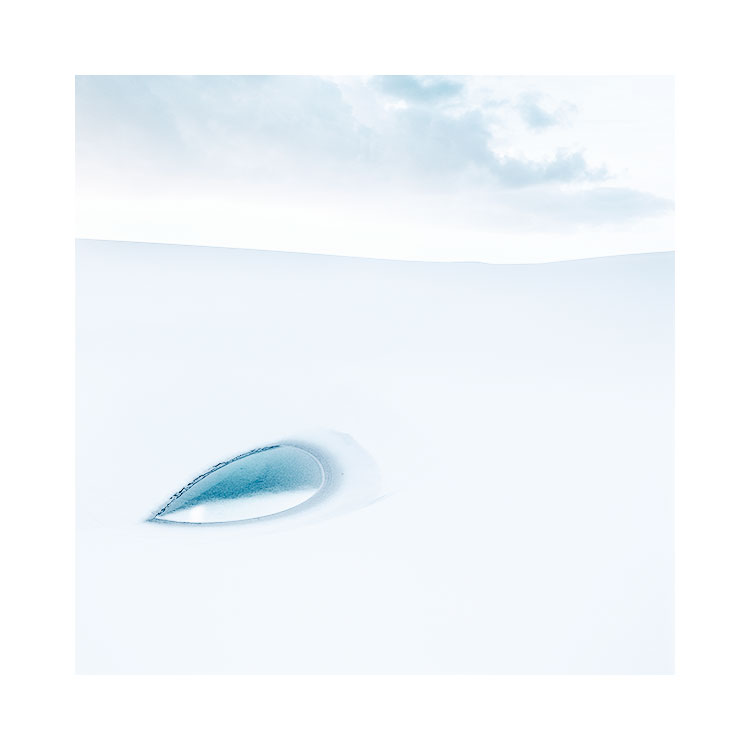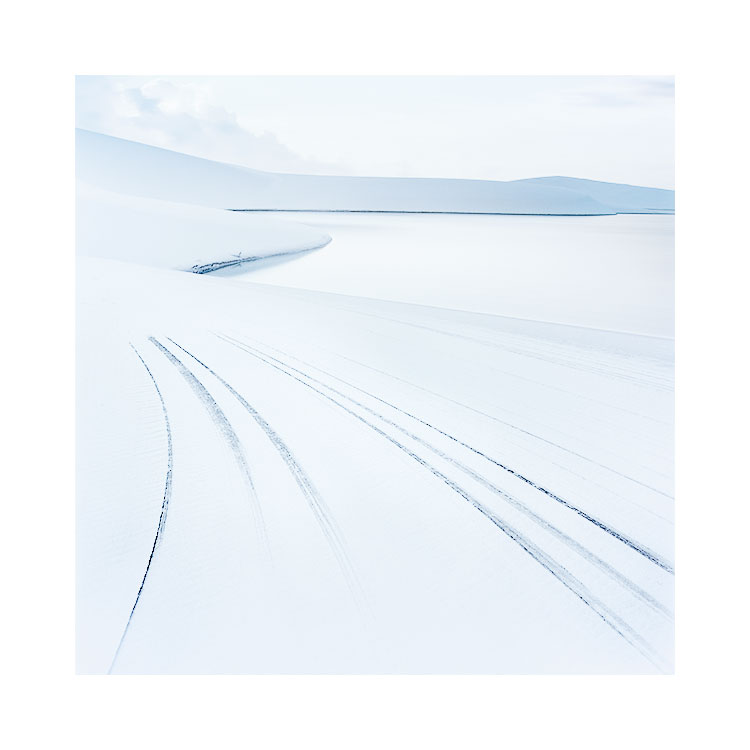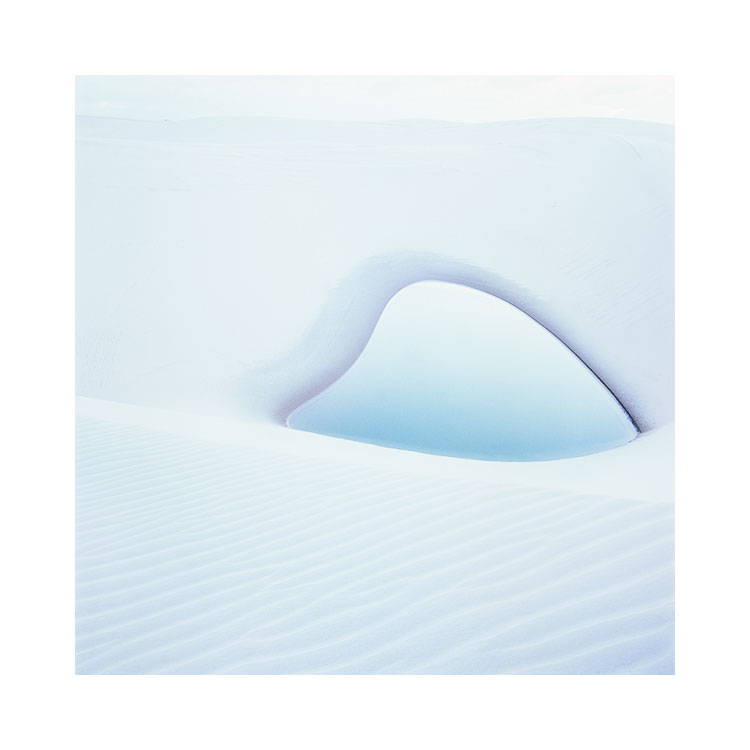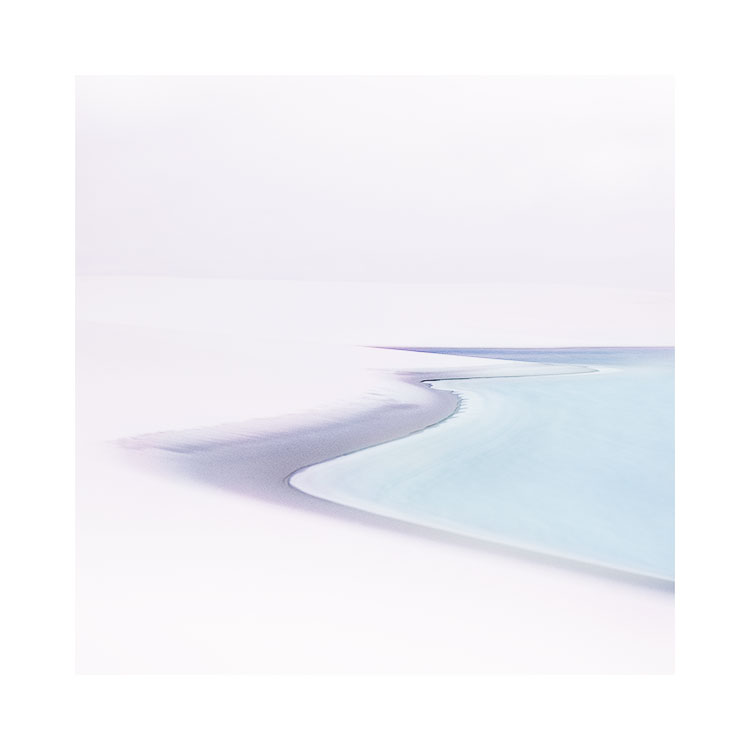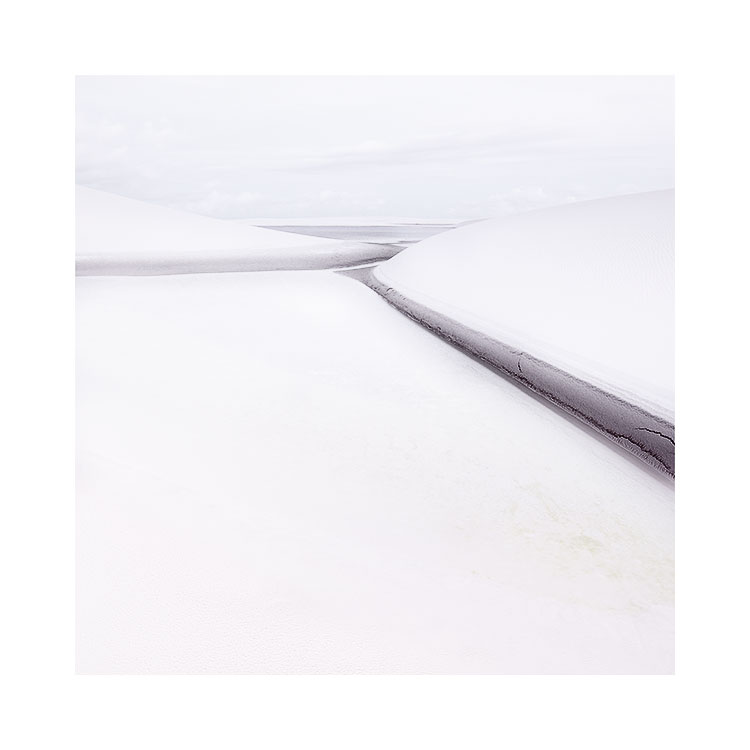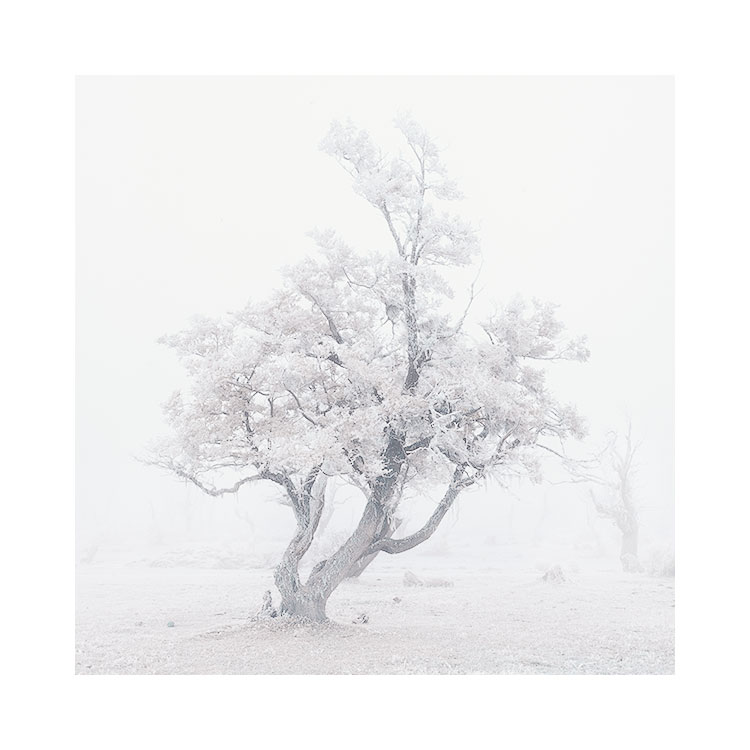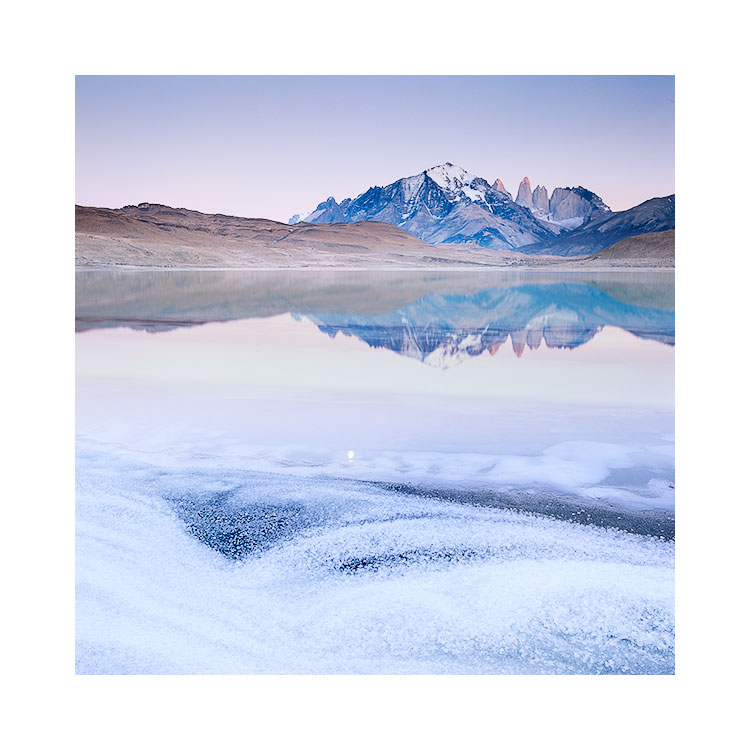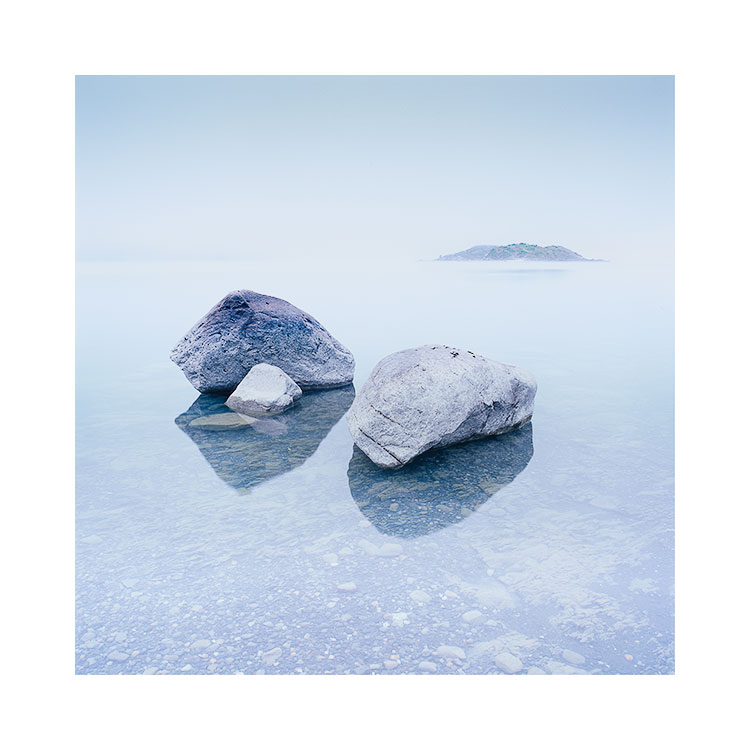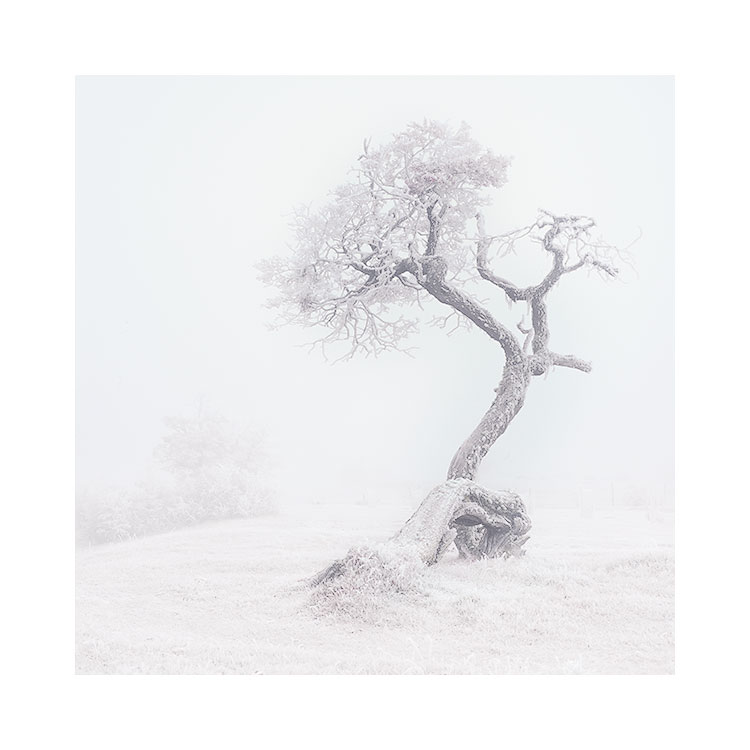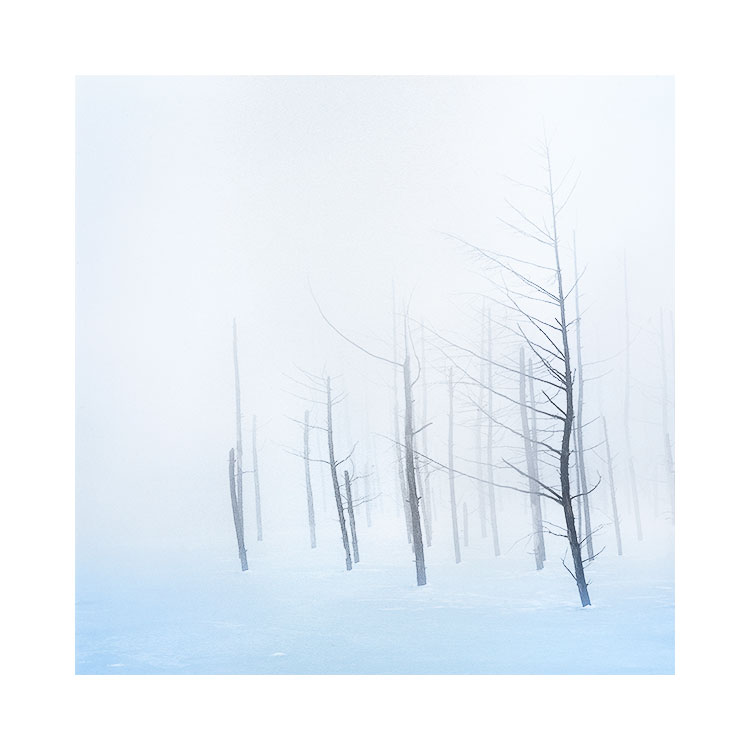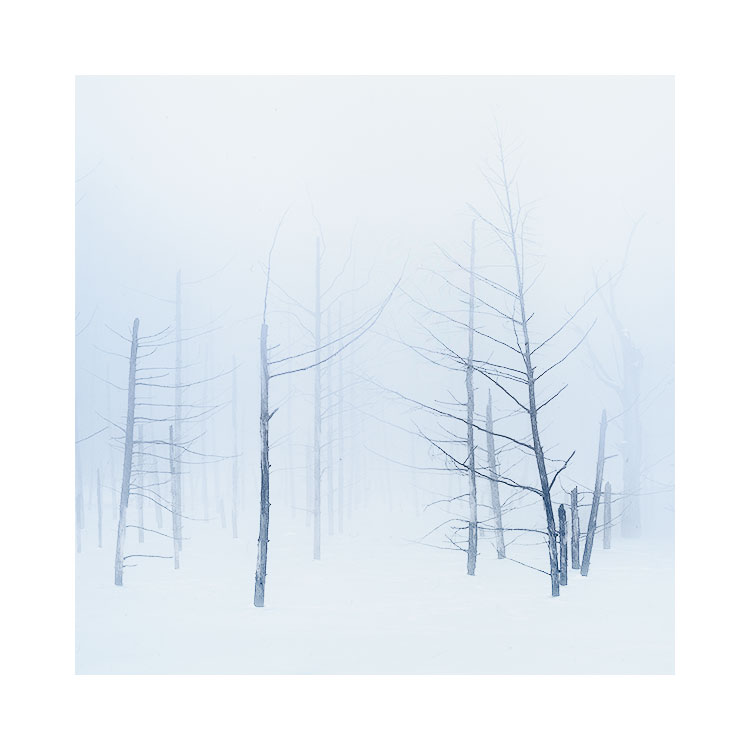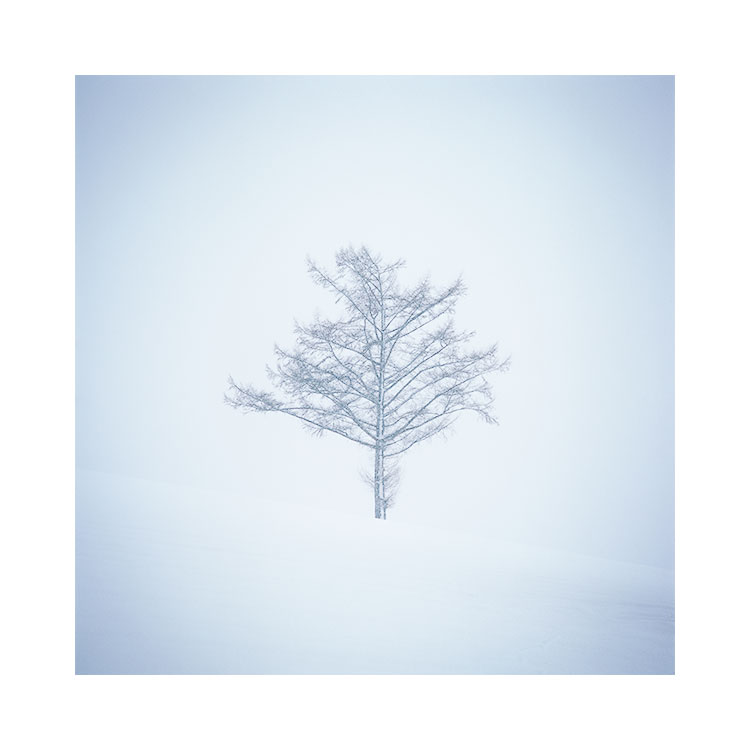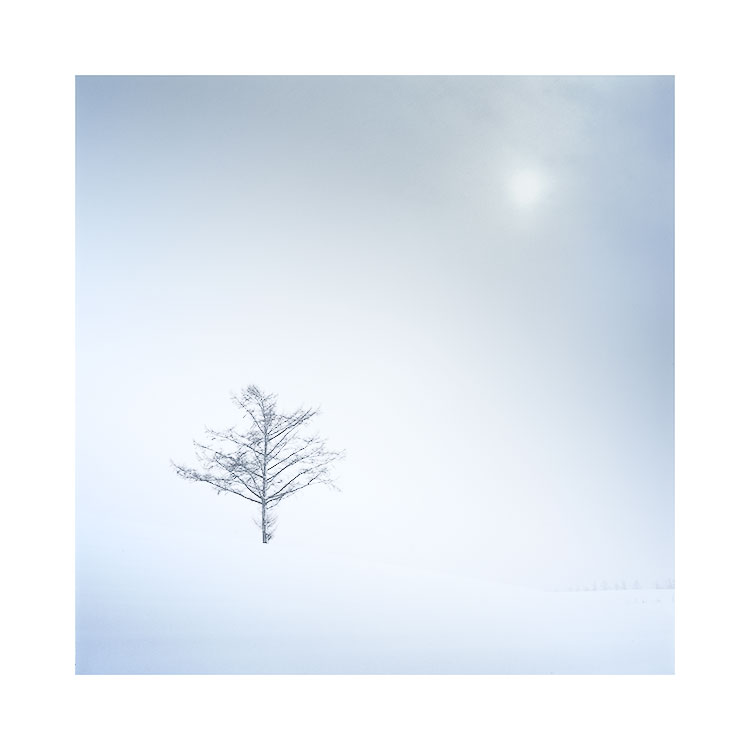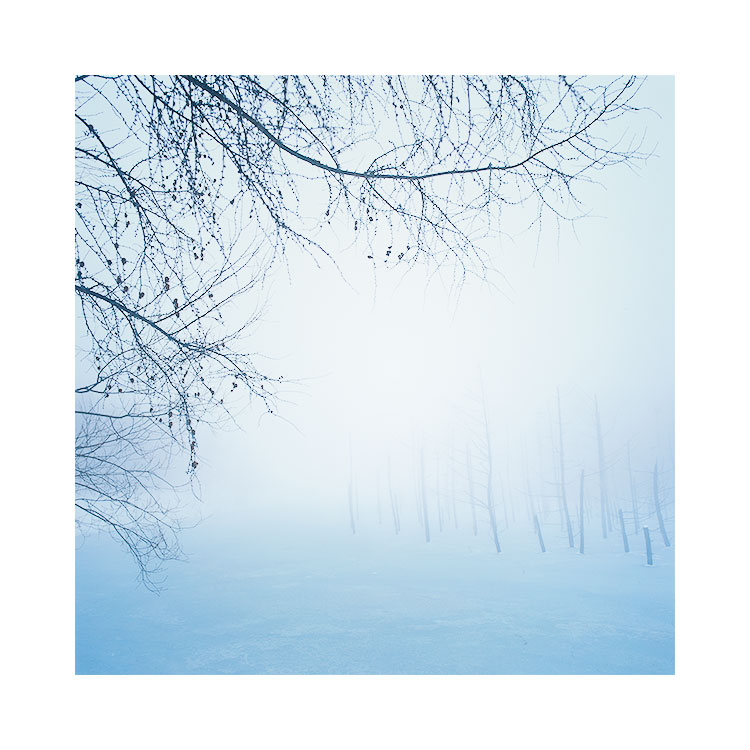Being precious about what we do is hard. It’s hard to show others our efforts, particularly if they mean a lot to us, and somehow, when we care less about the work, or feel it’s ‘throw-away, disposable stuff’, it’s much easier to be less critical of ourselves.
Creating work takes confidence. Confidence to feel happy knowing it may not be as good as we hoped. Confidence to feel happy with whatever people think of it. Confidence to take it or leave it.
A split personality is often required: one that can take or leave our work and not get too precious about it, but also at the same time care very deeply about what we do. Let me explain.
To be truly free, to be able to explore, we need to free ourselves from any chains, or self-imposed limitations or rules. That’s a pretty hard thing to do if you are trying to be serious about what you do. We start to judge our efforts often before they are complete and as I’ve said on many previous posts - that can lead to writers-block - unable to produce anything because nothing seems good enough.
Creativity is all about letting go. You can’t let go if you are bound by rules and self-imposed restrictions. And to let go, you need to either develop a sense of ‘who cares if it’s rubbish’, or get confident in what you do.
Confidence does not mean you are good at what you do. Confidence has nothing to do with it. Confidence is all about being comfortable with whatever you create, no matter how good or bad it is.
I think one way to get around any self-imposed restrictions, is to look at your photography / art as disposable. Even create it with the mind that you will destroy it.
We’re all far too precious about it. We want to keep what we create for perpetuity, but that in itself is an illusion. We don’t last forever, and nothing does. So why should our photography? Why can’t our work be a product of the time it was created in? Why can’t it just live for the time it was made in, and be gone afterwards.
If you can get used to throwing your work away, of maybe printing it, and then throwing the negative or RAW file away, I think we would set ourselves free. Free to do whatever we want because we are no longer being tied down to judging ourselves on our past work, on thinking that the work we create represents us. It represents nothing but a moment.
I sometimes think that photography or art should be disposable. If you can create it with this in mind, then I am certain that things become more free. You lose your inhibitions, judgement, and an over-riding sense of value in something that should just be a passing moment anyway.
If you are having problems creating work, then I’d suggest you go out one day to create 10 images. Work on them quickly, print them, delete the raw files, and file them away if you feel you are too judgemental on them. Forget them. Come back to them a week or so later and think about the transient nature of what you did, and more importantly, how you were able to produce something so quickly.
Good artists create. They keep moving forward. They don’t build museums to their work. They don’t stagnate. I think the way they do this, is to understand that anything they create is just a passing moment, and something not to be taken too seriously. Free yourself from your older work and you can find the space to move forward.












